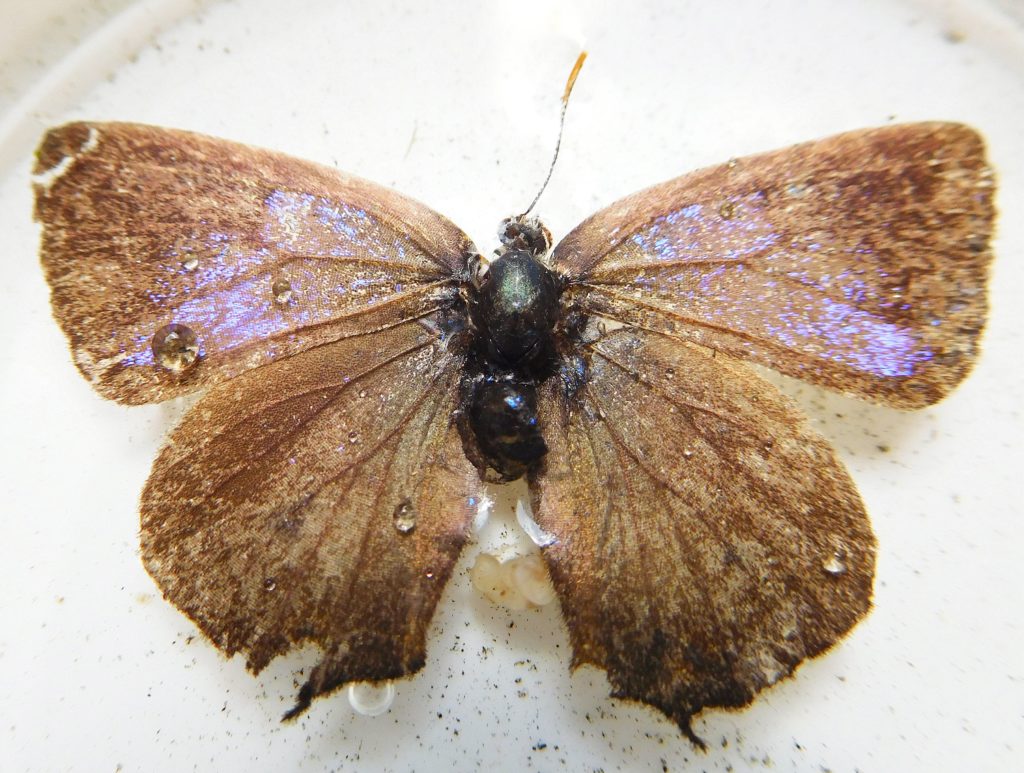
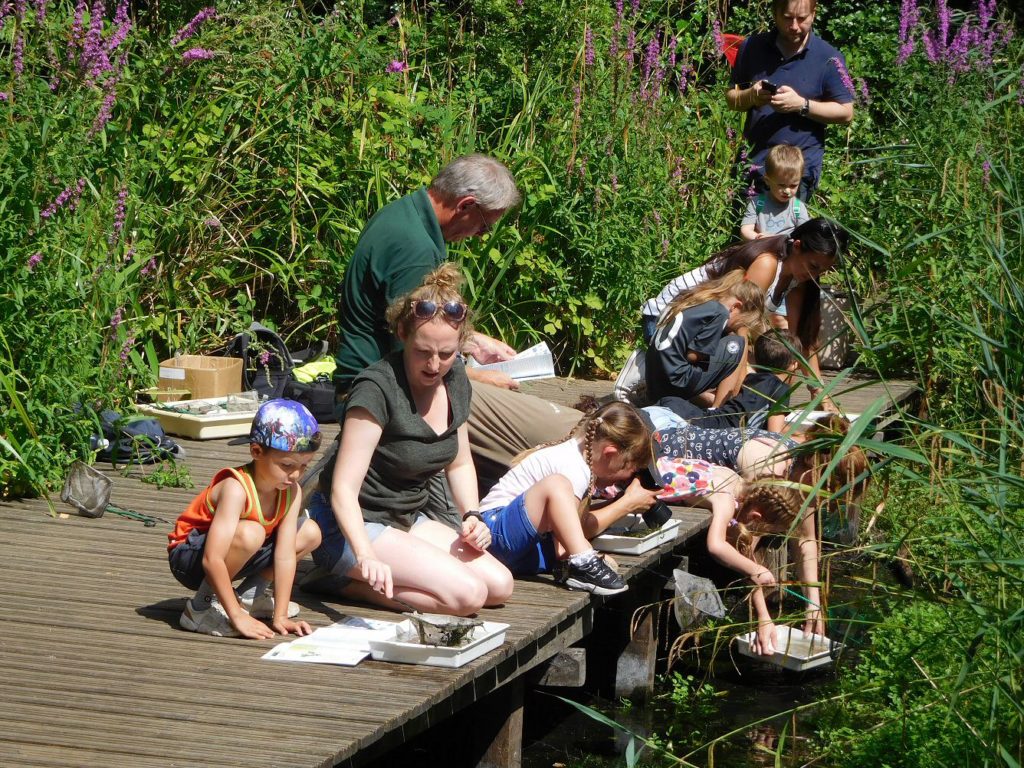
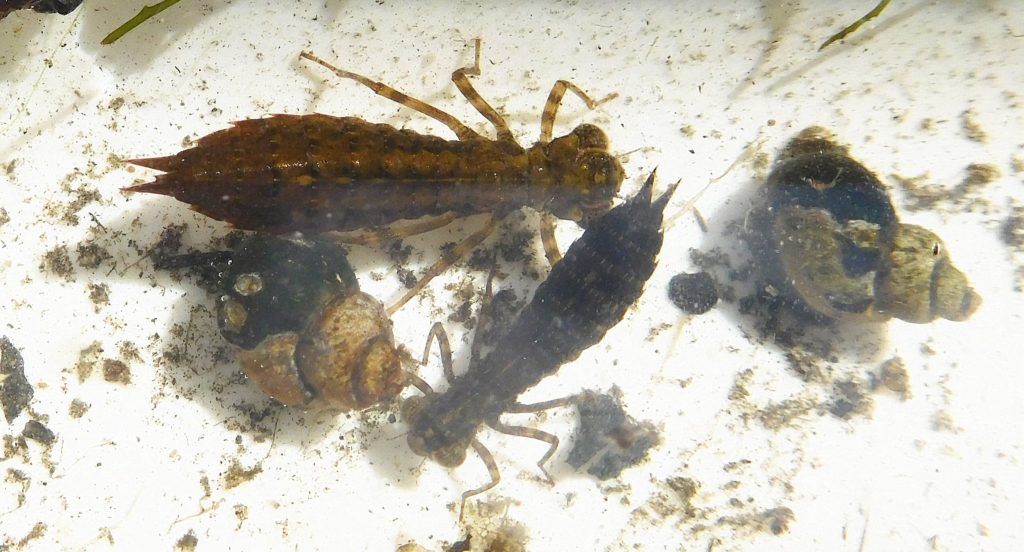

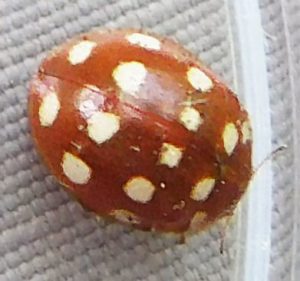
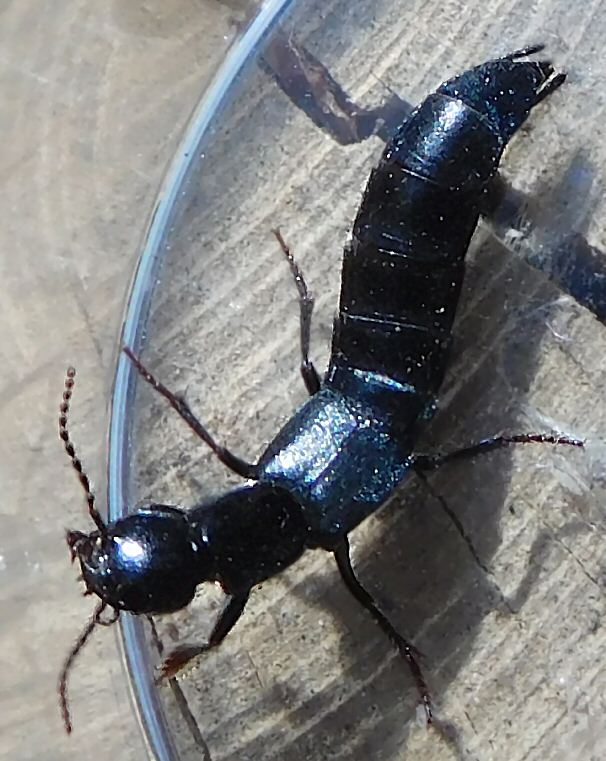
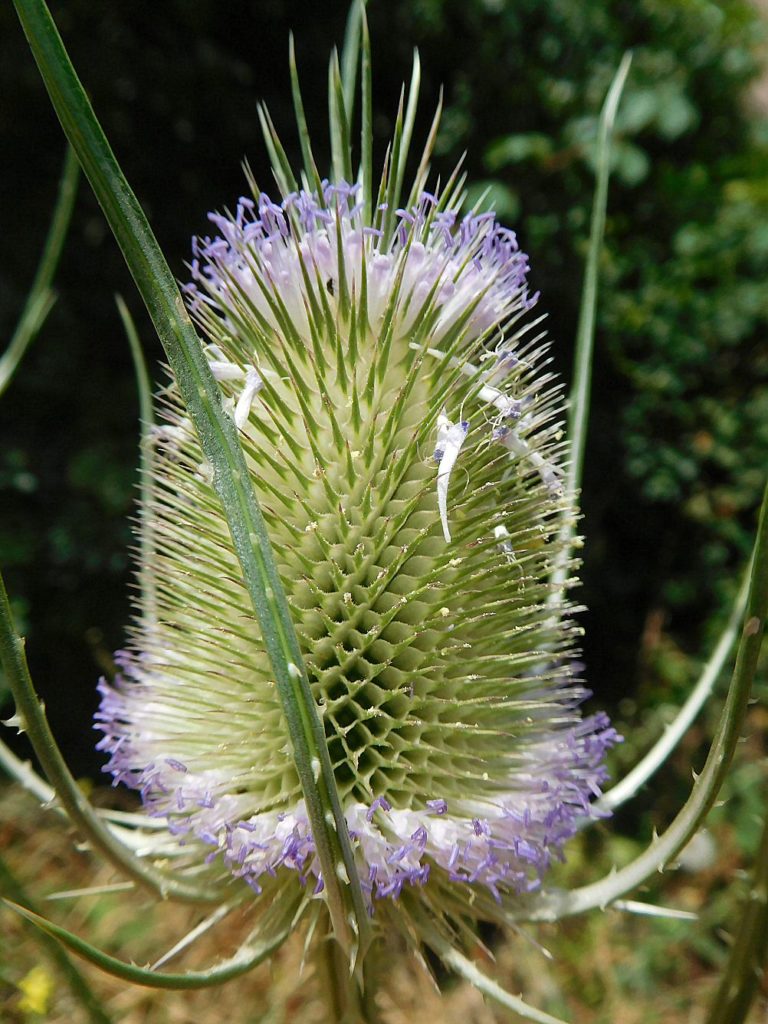
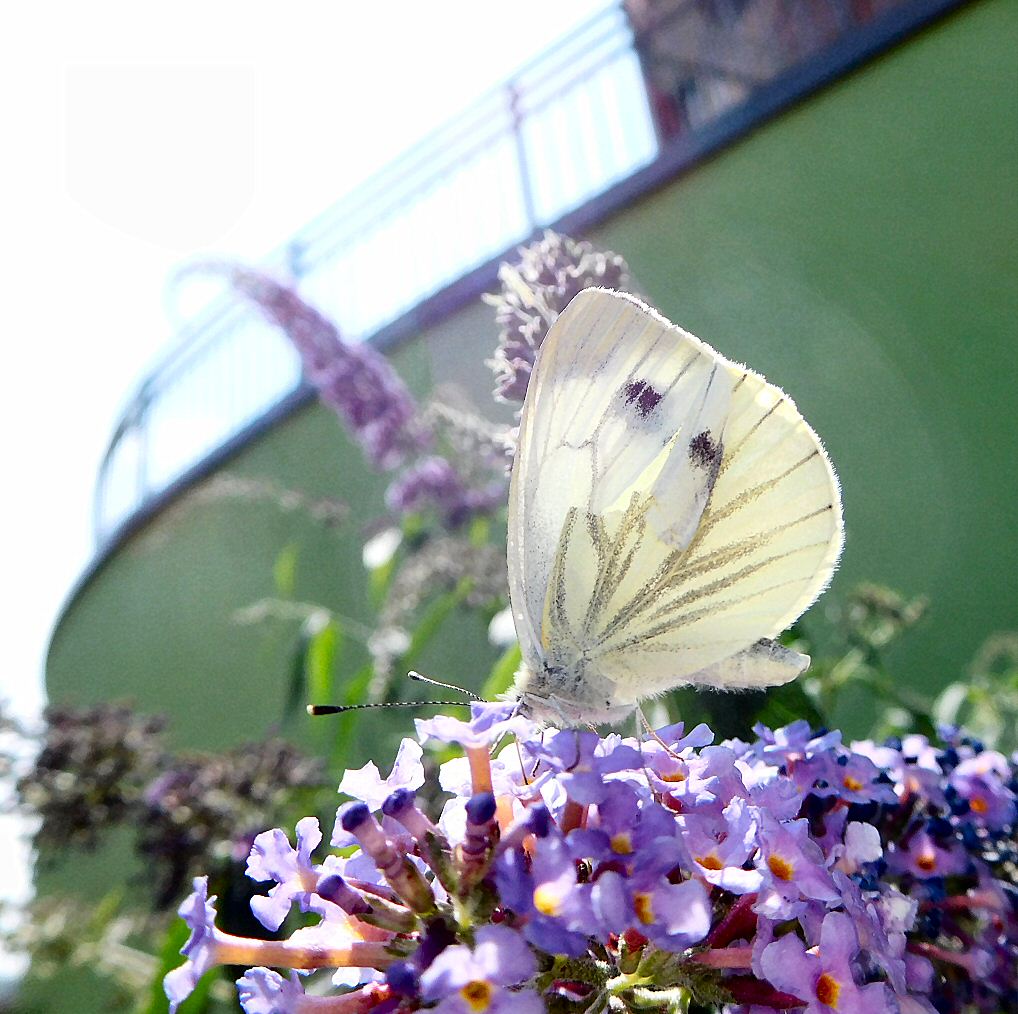
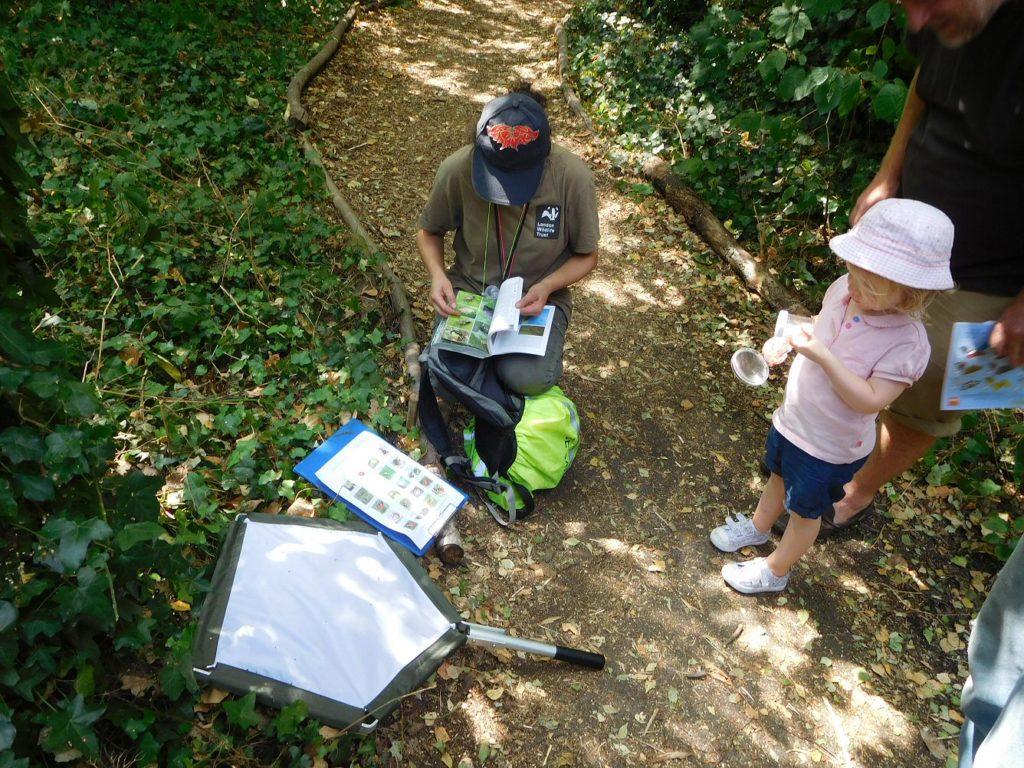









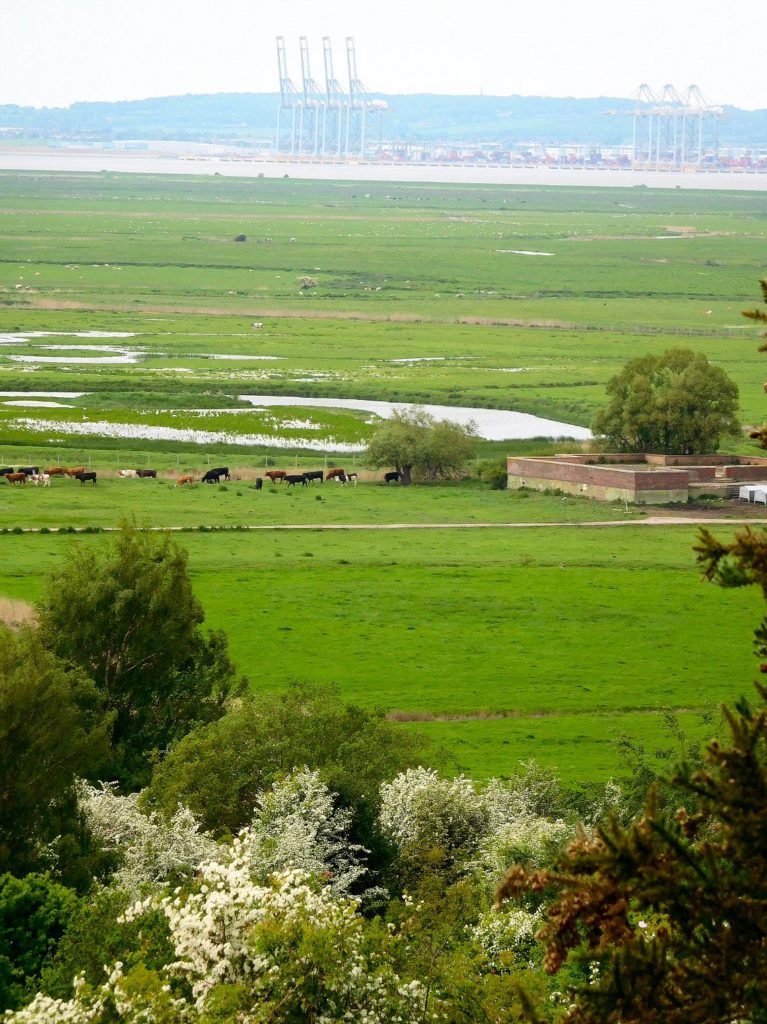
Well there are some things one just has to do, even if it means braving the traffic. Nightingales, once common all over the south of England, can now only be heard in a few special places, and Northward Hill is one of them. There are some others in the southeast, like Lodge Hill, and guess what, they want to build houses all over it. Better go and enjoy the birdsong while it lasts.
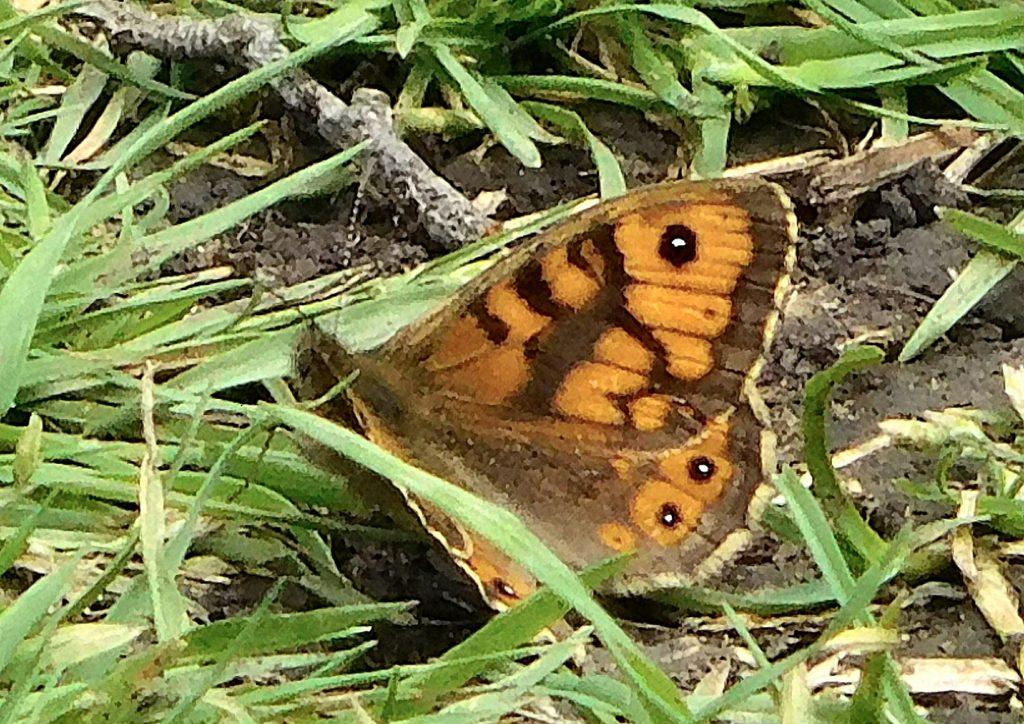
I was greeted by the song of blackbird, chaffinch, robin, song thrush, and wren as I walked in. A few ‘whites’ – large white, orange tip, green-veined white – skittered about as I reached the attractively rough scrub of hawthorn in full May blossom, blackthorn, wild pear, wild plum, and wild cherry, topped by the occasional whitethroat singing away scratchily.
Into the woods, with a handsome old cherry orchard on the right. Some of the oaks were straight out of Lord of the Rings, splendidly gnarled, knobbly, with massive trunks and holes to hide a good few goblins in.
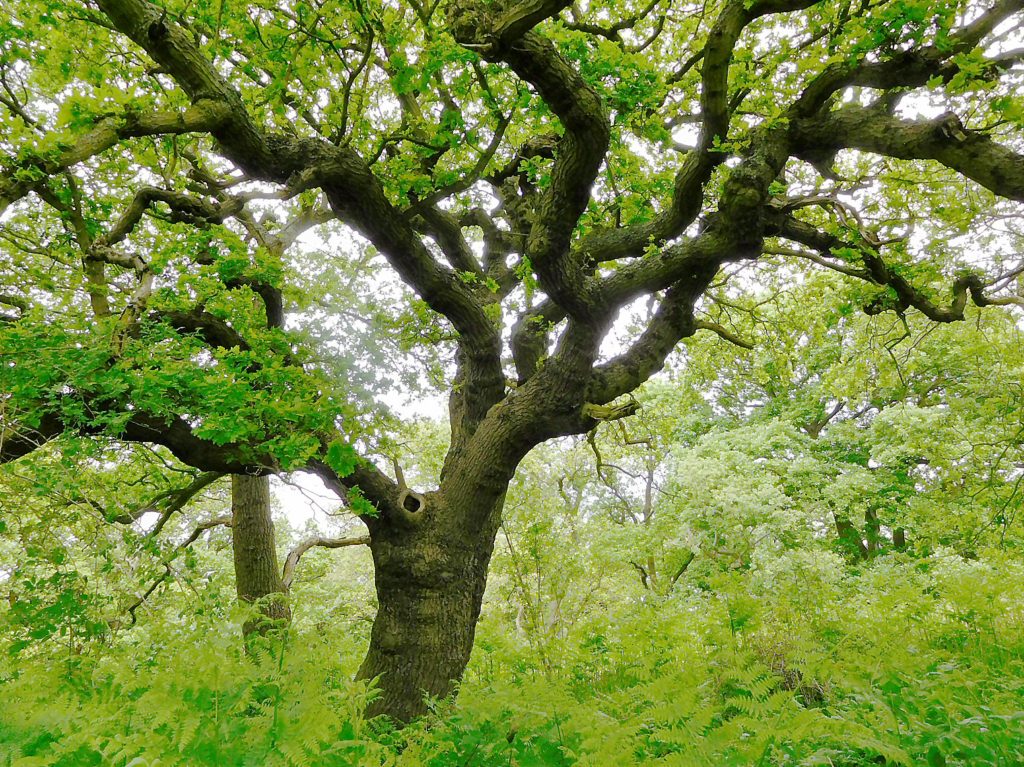
And yes, sure enough, a nightingale obliged by singing its hesitant but amazingly rich and varied song from the thick cover. A little further, another; and a cuckoo kindly sang its unmistakable song from an oak almost in front of me, then with a ‘gok’ call flew, sparrowhawk-like, from the tree, a special sight.
Down to the hide overlooking the pool in the top photo; I wasn’t expecting more than a coot and maybe a mallard, but there were breeding lapwings chasing off the crows; breeding oystercatchers, and an avocet sitting with them; and a couple of solitary little egrets, stalking and stabbing at small fish or frogs. A redshank gave its wild teuk-teuk-teuk call and flashed its wingbar briefly.
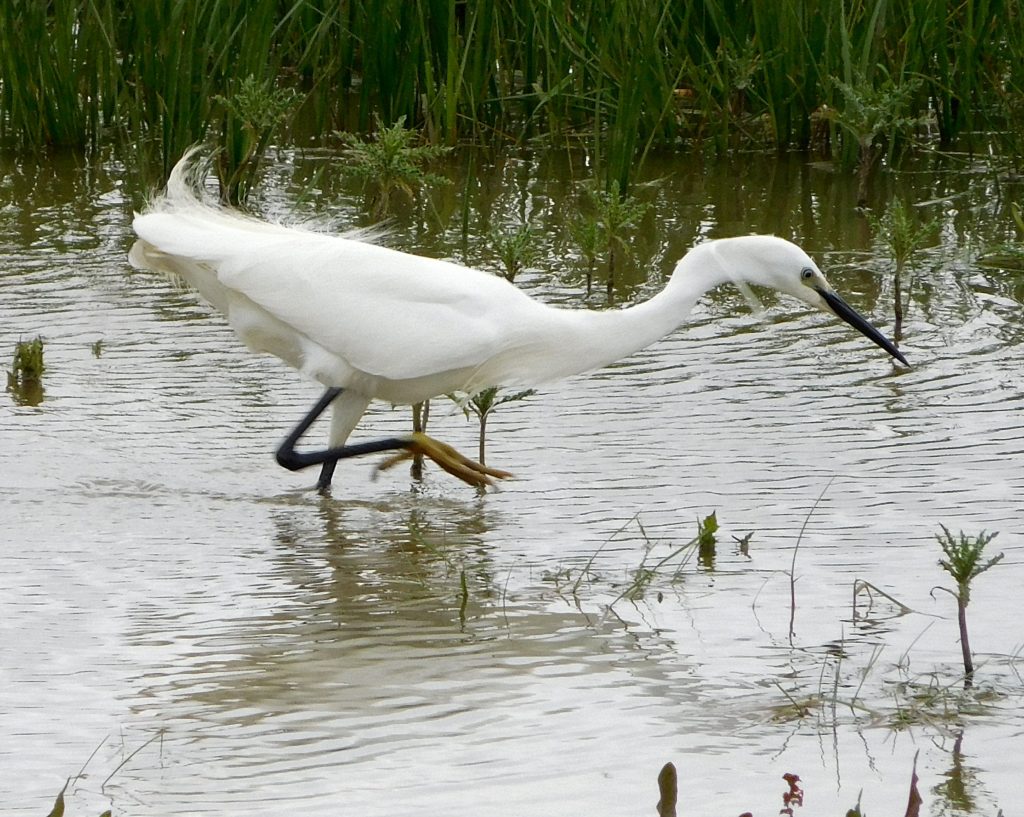
Overhead a few swallows flitted about, and three swifts raced over the marsh.
The Hoo Peninsula is still a wild, spacious, lonely place, even with the swelling villages. You can see the Shard and Canary Wharf in the distance (some 30 miles); the river with its cranes and giant ships is ever-present; but the North Kent Marshes are special, as is Northward Hill with its fine old woods, still unspoilt for birds. Go and see it while you can.
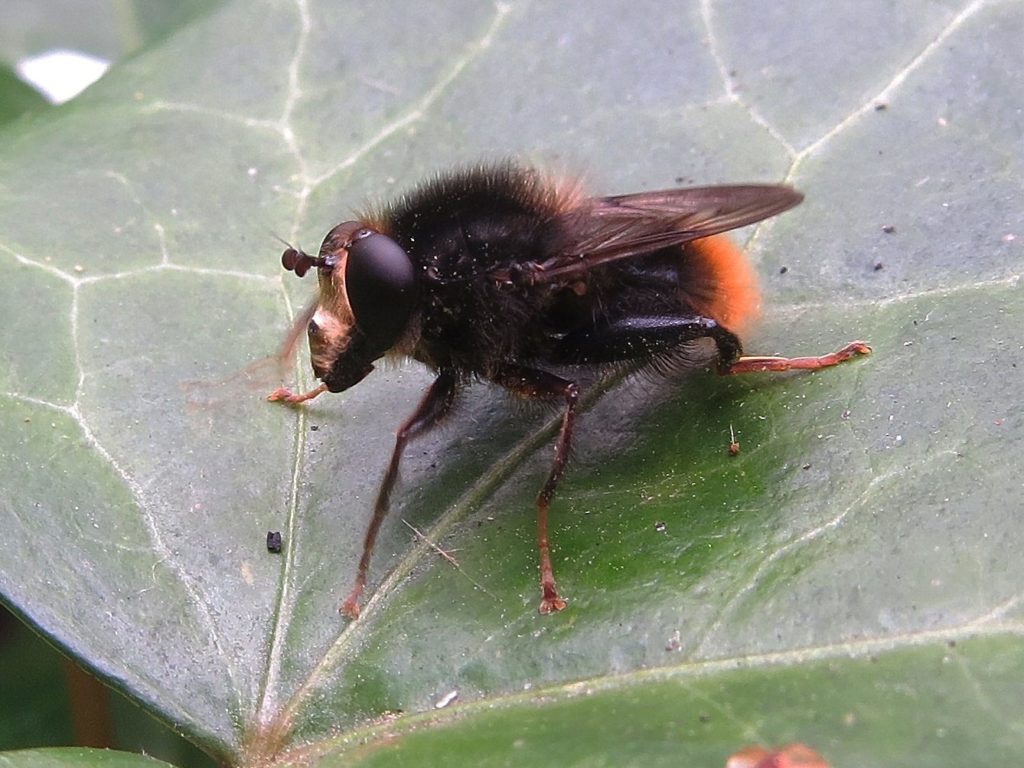
Well, at last it’s warm. The anticyclone is heating up the air nicely, a couple of degrees warmer each day. The air is buzzing with hoverflies, and luckily with Mike about, we can actually put names to them. This one, a really remarkable bumblebee mimic, is Criorhina ranunculi – nothing to do with buttercups (Ranunculus), but a species whose larvae live in rotting wood, and it does have an odd nose (rhino-). Quite an unusual species.
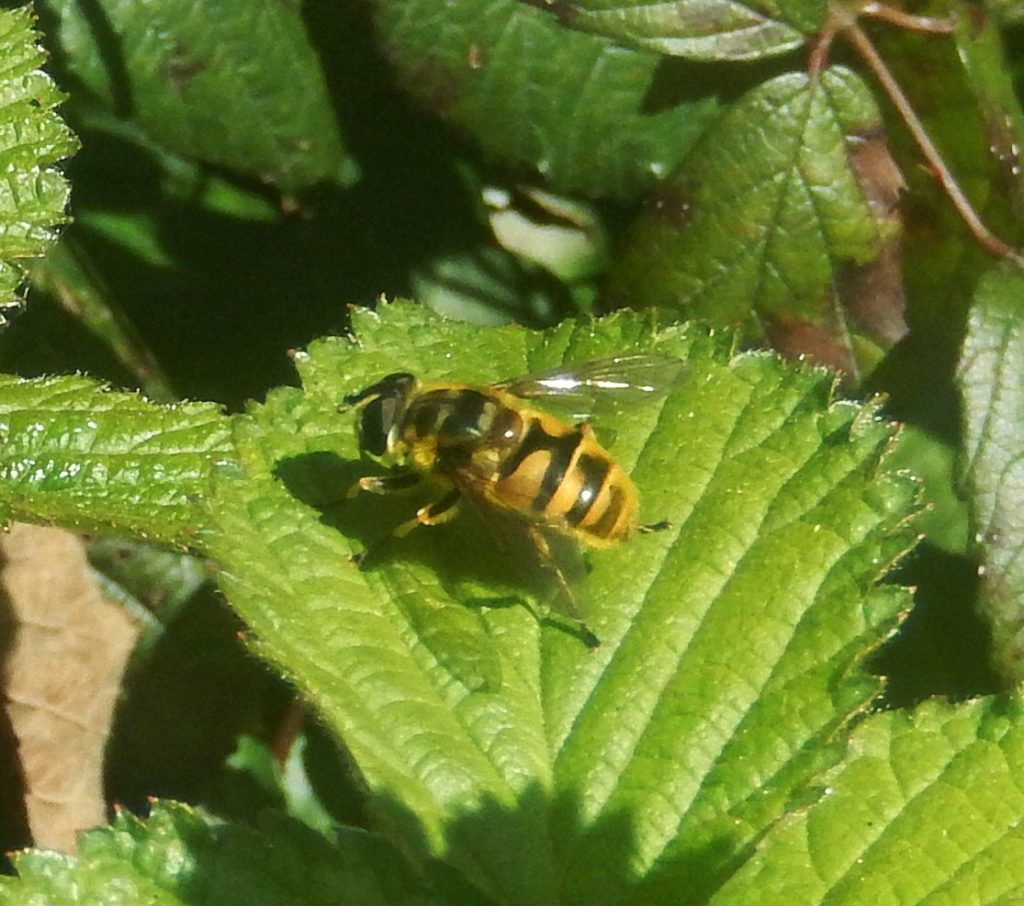
This one, Myothropa florea, is a much more typical hoverfly, mimicking a wasp. Mike says he’s recorded some 18 species in the Gunnersbury Triangle LNR.

This is a male Nomada cuckoo bee, a brood parasite of other bee species. Its jizz is quite wasp-like in flight, with a flash of aposematic yellow-striped abdomen looking distinctly worth avoiding. At rest, it looks much more like the bee that it is.
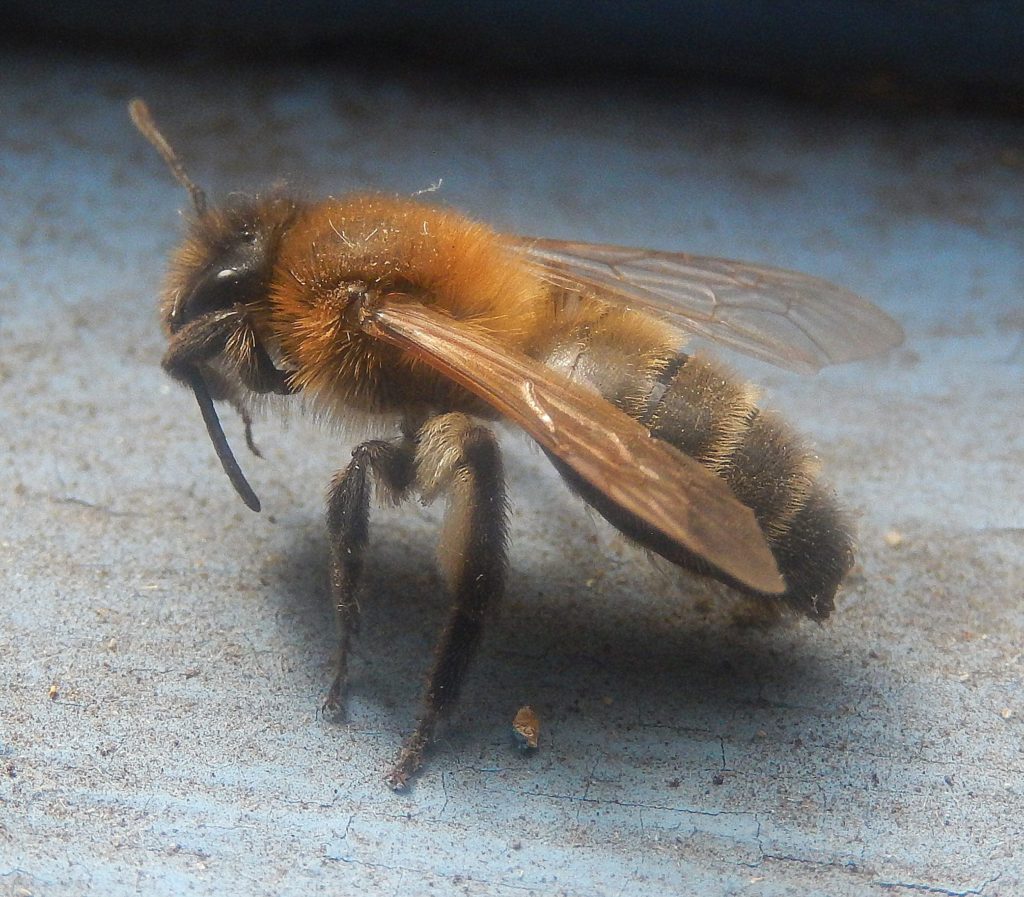
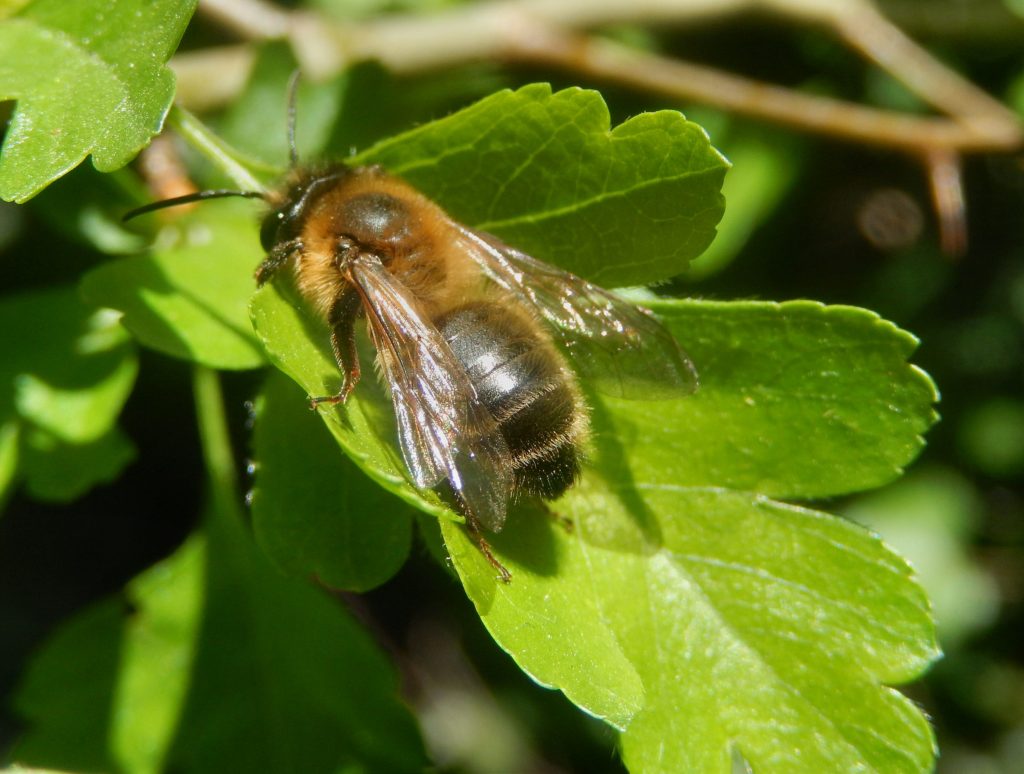
This honey-bee-like insect, in contrast, is obviously a bee, and not a parasite. If you’re used to honey-bees, you’ll notice it has a markedly short head, shorter than it is broad: all the Andrena genus are like this. The head can be short because the tongue is also short, the genus being adapted to short-tubed flowers, so evolution has economically saved energy on building a wastefully long head.
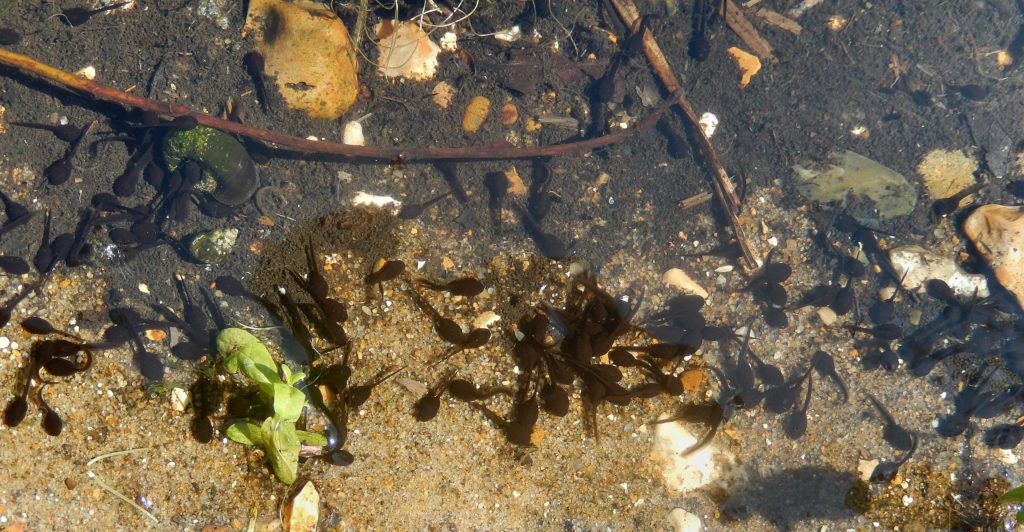
Down at the pond, the sun sparkled on the clear water; a newt or two lurked between the weeds; and dozens of tiny tadpoles wriggled in the shallows. The Mallard pair swam about just below us, greedily feeding. I hope they miss some of the tadpoles.
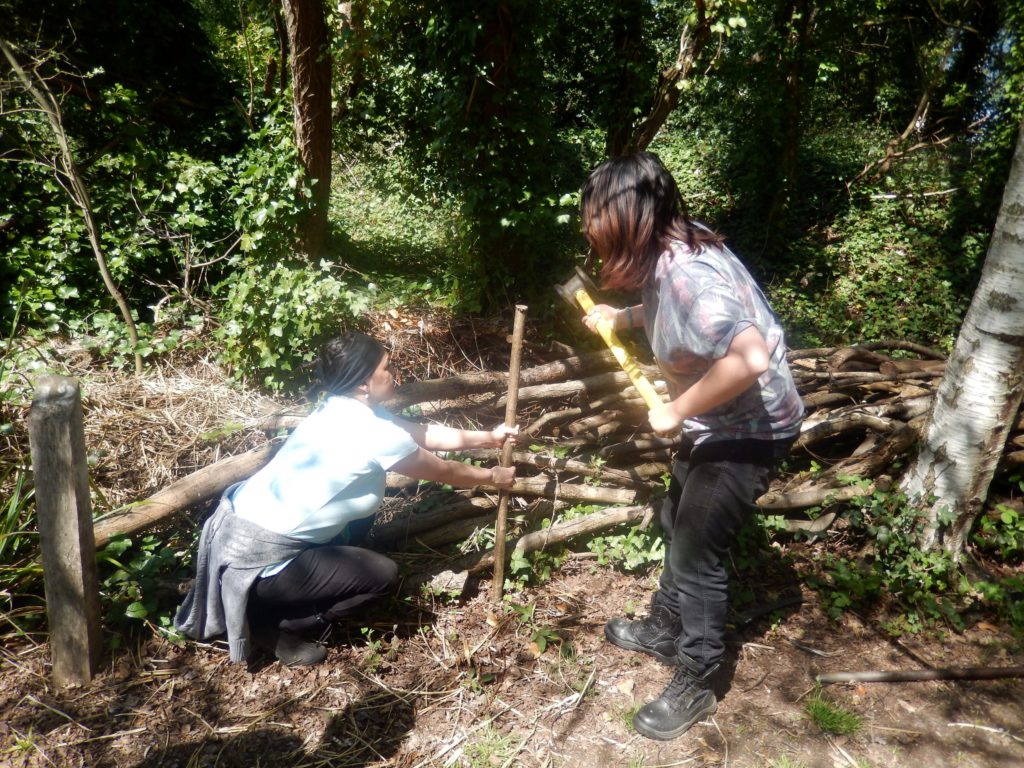
We hammered in a line of posts for the log hedge, to reduce the number of sticks finding their way into the pond. The ground was rather stony in places, and the iron bar came in handy to break through the stony layer first.
As we did the butterfly transect (Green-Veined White, Brimstone, Holly Blue, Speckled Wood, Large White), we saw a Sparrowhawk swoop into a tree, whistling to his mate. So it seems they’re nesting here again this year.
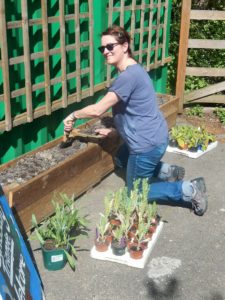
Back at the ranch, Jo was planting out some nice-looking small cornflowers, poppies, climbing nasturtiums and foxgloves raised by the Chiswick Horticultural & Allotments Society’s greenhouse team.
Two days later, the Swifts arrived in the skies over Chiswick, bringing their screaming flight calls to announce summer.
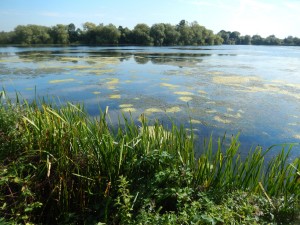
The usually clear lake was covered in thick green patches of weed, enough for Coots to be able to walk on.
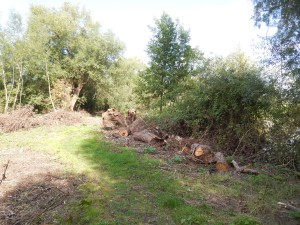
The path, too, looked rather different, with many of the large creaky poplars cut down leaving a wide unfamiliar swath of bulldozed path. The poplars constantly drop branches and fall over so it was about time.
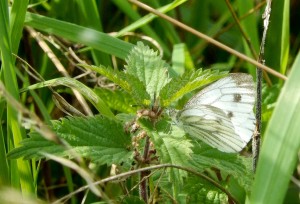
There were not many insects about – Emperor Dragonfly, Migrant Hawker, Common Blue Damselfly (with the ace-of-spades on segment 1 of the abdomen), Green-Veined White, a few Speckled Wood was about it.
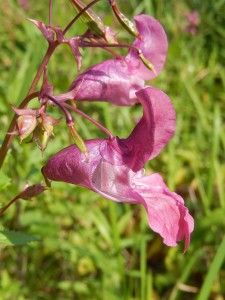
I don’t recall seeing much of that troublesome weed of nature reserves, the Himalayan Balsam, but it was evident in cleared areas. Shame it’s a nuisance, as it’s rather a beautiful plant.
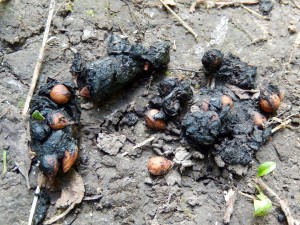
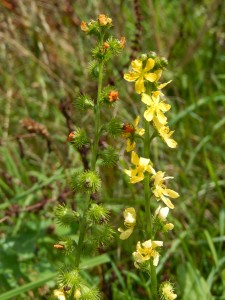
Warm September weather usually means no migrants as they all settle down to enjoy the last bit of summer before moving. I heard a Cetti’s Warbler and a brief unseasonal burst of Chiffchaff song; I think I glimpsed a Blackcap diving from a patch of Teasels back to its bush. A few Jays shrieked and flapped butterfly-like across the horse pasture. A lone Kestrel flew lazily to perch in a tree. On the water, not much apart from Coots, a Mute Swan, Mallard, a family of Egyptian Geese, some Cormorants (quite a few of them with a lot of white on their fronts).
An Apple tree glowed with nice ripe fruit; someone had beaten a path under it to do a little picking.
While doing the Butterfly Transect at the Gunnersbury Triangle, I came across a fairly large Wood Wasp (in the sawfly family), about 25mm long. It was a bit tricky getting a photo, as these insects are distinctly skittish – they race about in the shadows, occasionally perching on a leaf’s upper surface. The breeze was wafting the branches gently, so patches of sunlight came and went. I shot several images with the miniature camera – it has two big advantages over my full-size SLR: one, it has a very short focal length, so it has a better depth of field than an expensive macro lens; two, it’s small and cheap, so I habitually carry it with me in my rucksack.
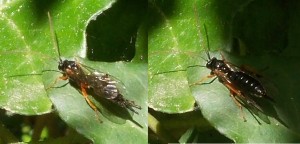
The two images here show (left) the resting position with the wings over the body, the long antennae, the alarming-looking ovipositor, and the orange-brown legs; and (right) the plump black abdomen with white spots. Perhaps the two images show that it’s rather hard to get a single image which is suitable for identification. This one looks like a Sirex so perhaps that’s what it is. The eggs are drilled into wood.
The butterfly transect yielded the first definite Green-Veined Whites, i.e. I was able to get close enough to be sure; until now they’ve all been “Small/Green-veined” worse luck. There were some Speckled Woods and an Orange Tip, too; a Brimstone turned up after I’d put the clipboard away.
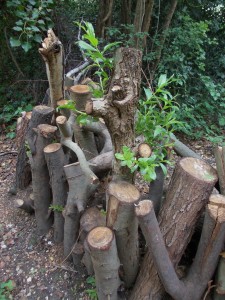
But the most curious observation of the day was this sprouting loggery. We ‘planted’ (more literally than we knew) the sawn Willow logs in the winter. They seem very happy in their new setting and are growing vigorously. It will be interesting to see how they get on.